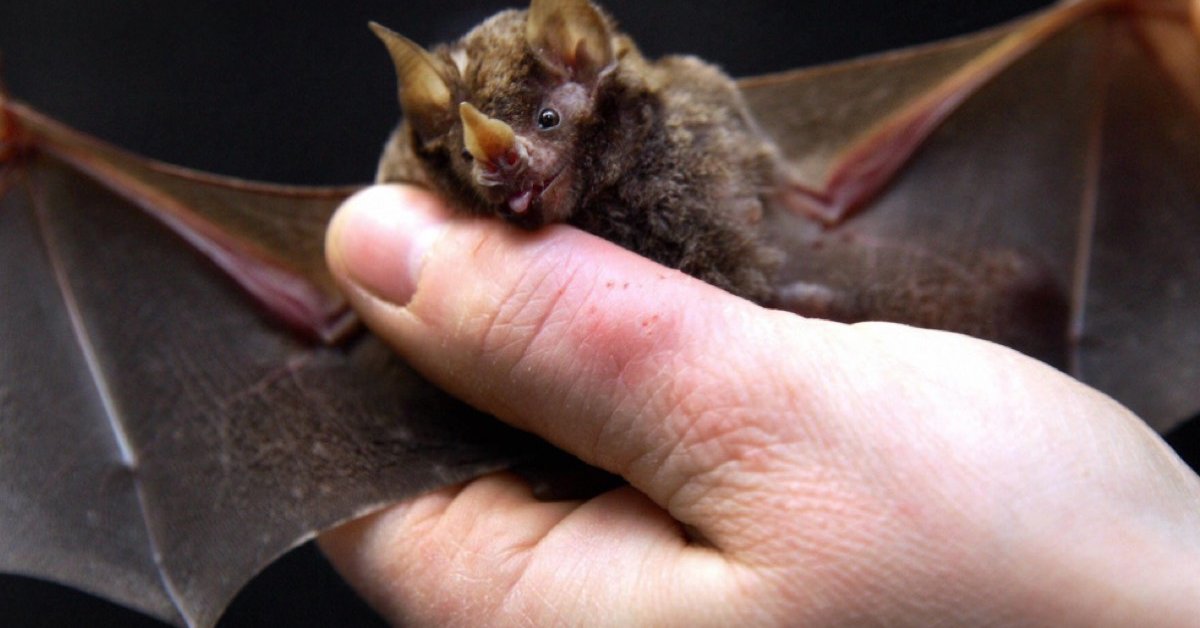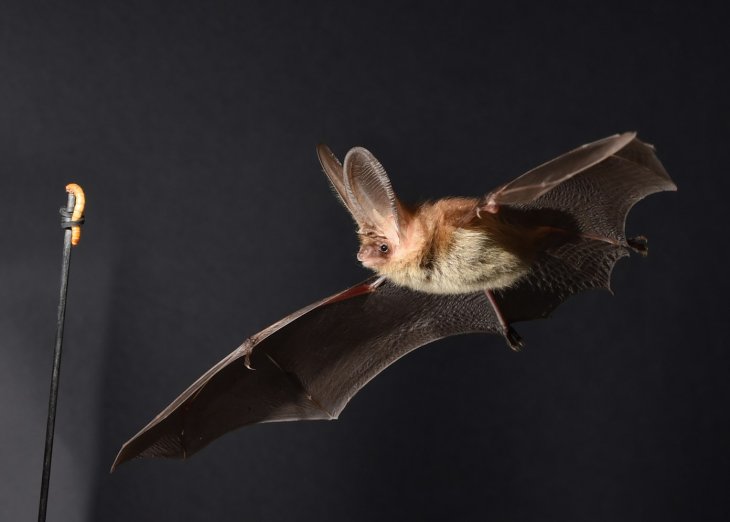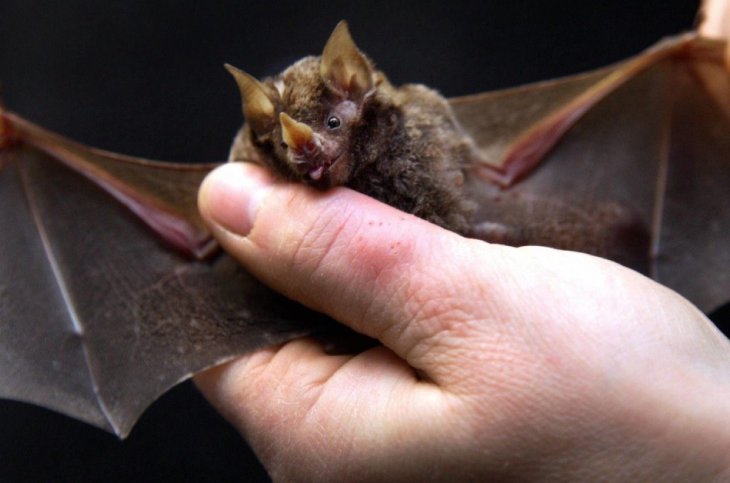Researchers Find That Bats Can See The Future
Dhir Acharya - Nov 05, 2020

Though it’s far from fortune-telling, researchers have found that bats master an aspect of seeing the future: finding prey.
- Japan Hydrogen Breakthrough: Scientists Crack the Clean Energy Code with Mind-Blowing 1,000% Efficiency Jump
- 'Five-second rule' For Food Dropped On The Floor: Is It True?
- Scientists Want To Send 6.7 Million Samples, Including Sperm, To The Moon
Though it’s far from fortune-telling, researchers have found that bats master an aspect of seeing the future: finding prey.
They can calculate where their prey is heading by building predictive models of the potential location of the prey from echoes. This method is so effective that bats can keep track of the prey’s location even when it’s hidden behind obstacles like trees.

Researchers have thoroughly studied predictive modeling of object motion among animals, but the new findings are the first to take the sense of hearing into account. The work can help us better understand animals’ and humans’ auditory guided behavior, including people with vision impairment that use audio cues to locate objects around them.
According to the study’s senior author Cynthia F. Moss, like a tennis player that needs to figure out when and where to hit a ball, bats need to predict when and where it will encounter its prey. She said:
“The insect is flying. The bat is also flying. In this very rapidly changing environment, if the bat were to just rely on the information it got from the most recent echo, it would miss the insect.”

By watching for delays in the echolocation calls, bats can determine the distance between itself and the prey. They then tilt their ears and head to obtain more information. As bats are so good at hunting, researchers thought there’s more to find out about their hunting routine, which is why they created a test environment mimicking their natural hunting environment.
Clarice Anna Diebold, the co-first author of the study, explained that mathematical models were developed to test their data and they had hypotheses for what bats could possibly do. They figured that if bats did not predict the route, they would lag behind their prey with their head movements.
Another co-first author said that the researchers hypothesized that bats derived velocity info from the echo timing to adjust their head aim. When testing the model with their data, the research team saw that it fitted well.
Previously, in the 1980s, there was a study that ruled that bats don’t predict the future position of an insect it’s hunting, but the new findings have disproved this conclusion.
And though the study’s focus is on bats, the findings can apply to other animals as well as vision-impaired humans.
>>> We Will Soon Have Hologram Cellphones Like In Fiction Films
Featured Stories

Features - Jul 01, 2025
What Are The Fastest Passenger Vehicles Ever Created?

Features - Jun 25, 2025
Japan Hydrogen Breakthrough: Scientists Crack the Clean Energy Code with...

ICT News - Jun 25, 2025
AI Intimidation Tactics: CEOs Turn Flawed Technology Into Employee Fear Machine

Review - Jun 25, 2025
Windows 11 Problems: Is Microsoft's "Best" OS Actually Getting Worse?

Features - Jun 22, 2025
Telegram Founder Pavel Durov Plans to Split $14 Billion Fortune Among 106 Children

ICT News - Jun 22, 2025
Neuralink Telepathy Chip Enables Quadriplegic Rob Greiner to Control Games with...

Features - Jun 21, 2025
This Over $100 Bottle Has Nothing But Fresh Air Inside

Features - Jun 18, 2025
Best Mobile VPN Apps for Gaming 2025: Complete Guide

Features - Jun 18, 2025
A Math Formula Tells Us How Long Everything Will Live

Features - Jun 16, 2025
Comments
Sort by Newest | Popular